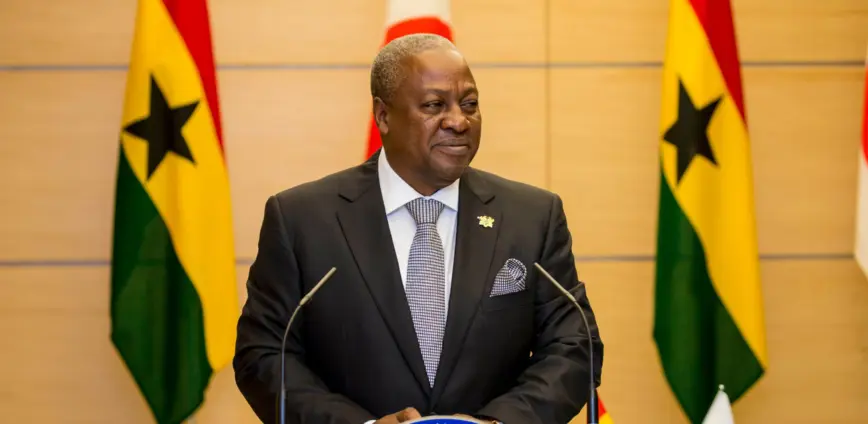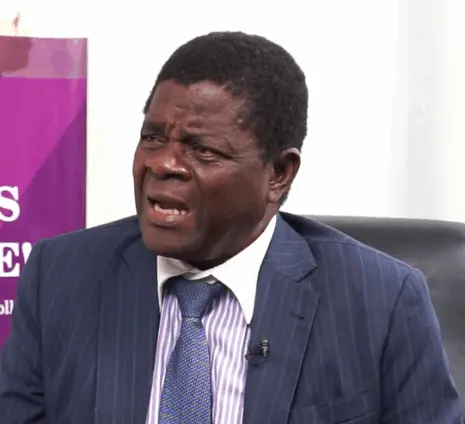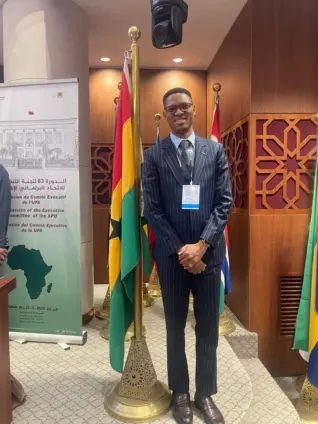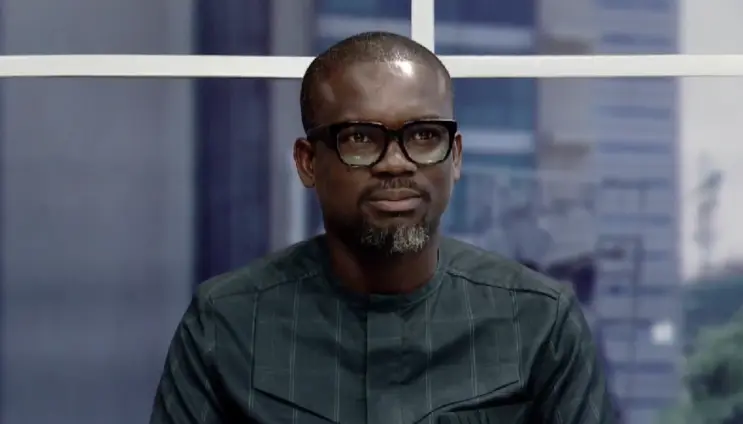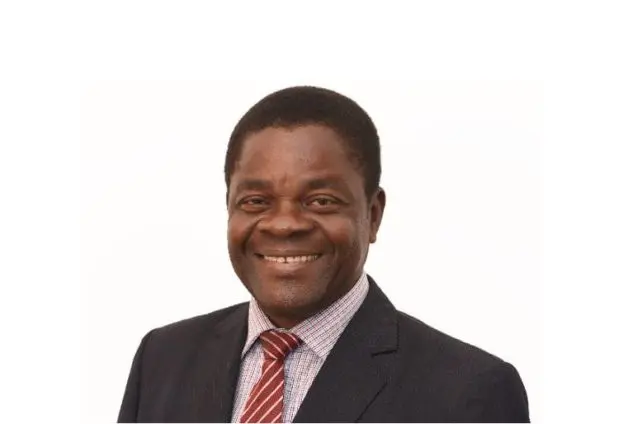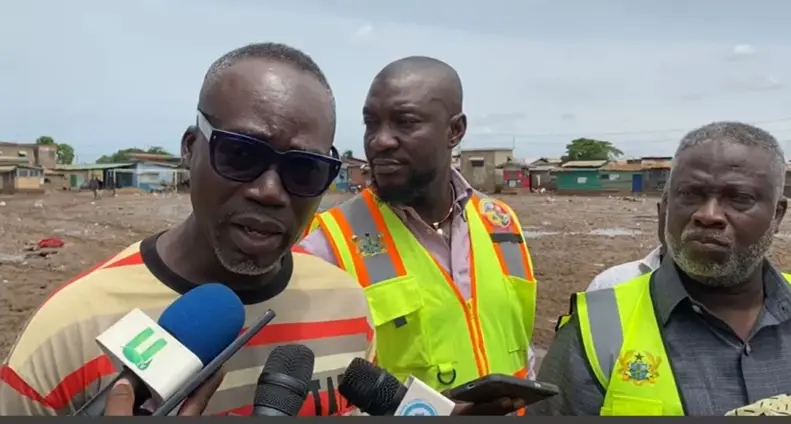For months, a debate simmered in Ghana’s economic circles: How much in foreign exchange reserves did the Mahama administration inherit? The back-and-forth between government officials and analysts has finally been put to rest, with former President John Dramani Mahama himself acknowledging the figure. This acknowledgment arrives at a crucial moment, as the nation grapples with currency stability and seeks to bolster investor confidence. The level of foreign exchange reserves plays a pivotal role in a country’s economic health, influencing its ability to manage imports, service debts, and, most importantly, stabilize its currency. President Mahama’s recent statements at the Ghana-EU Business Forum in Accra shed light on the situation, clarifying the initial reserve position and highlighting the connection between current reserves and the Cedi’s performance.
The discussions surrounding the inherited reserves have been complex and sometimes contentious. Different figures were floated, leading to uncertainty about the true state of Ghana’s financial position at the time of the transition. Understanding the initial reserve level is vital for several reasons. First, it provides a baseline for economic planning. Knowing the starting point allows policymakers to accurately assess economic performance and develop realistic strategies. Second, it ensures political accountability. Transparency about the handling of national assets is crucial for maintaining public trust. Finally, the reserve level impacts investor confidence. A healthy reserve signals a country’s ability to meet its financial obligations, attracting foreign investment. Conversely, a depleted reserve can trigger alarm, potentially leading to capital flight and currency instability.
Mahama’s Acknowledgment and its Significance
Addressing the Ghana-EU Business Forum, President Mahama stated directly, “We inherited $8.98 billion in reserves.” This confirmation provides clarity to a long-standing debate. More importantly, it sets the stage for understanding the Cedi’s recent performance in relation to the current reserve levels.
The President highlighted the impact of the current $10 billion in reserves on the Cedi’s appreciation against the US dollar. According to his address, this appreciation is linked to “stronger forex inflows, improved trade balancing and growing investor confidence.” These factors work in concert to create a more stable and attractive economic environment. Forex inflows, driven by exports and investments, increase the supply of foreign currency, easing pressure on the Cedi. An improved trade balance, with exports exceeding imports, further strengthens the currency. And growing investor confidence, fueled by positive economic indicators, attracts capital inflows, reinforcing the Cedi’s stability.
Cedi’s Recovery and Future Outlook
President Mahama also provided specific figures regarding the Cedi’s depreciation in 2024 and its subsequent recovery in early 2025. While acknowledging the challenges faced, he emphasized the positive trajectory resulting from improved economic fundamentals.
The recovery, as President Mahama pointed out, is underpinned by several key factors. Stronger forex inflows are a primary driver, injecting much-needed foreign currency into the economy. An improved trade balance, resulting from increased exports and reduced imports, further supports the Cedi. Perhaps most significantly, growing investor confidence signals a renewed faith in Ghana’s economic prospects. These factors are not isolated; they interact synergistically to create a positive feedback loop, boosting economic stability and strengthening the currency.
In conclusion, President Mahama’s confirmation of the inherited $8.98 billion in reserves provides a crucial piece of the puzzle in understanding Ghana’s economic trajectory. These reserves, coupled with stronger forex inflows, an improved trade balance, and growing investor confidence, are playing a significant role in the Cedi’s recovery. Maintaining healthy reserves remains essential for ensuring long-term economic stability and resilience.
Image Source: MYJOYONLINE

